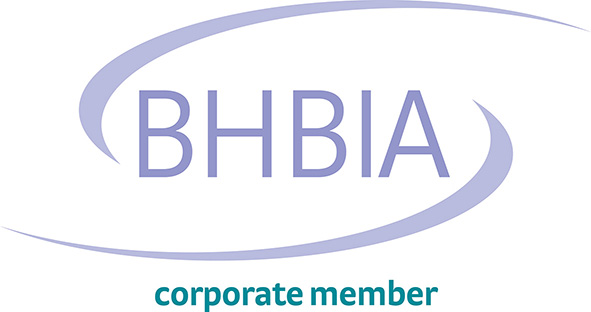Usability Testing Research
1+1 Research focuses on getting the high-value aspect of the user experience which affects user satisfaction by determining their perception, needs, usability, and anticipated cost in turn profitability.
Usability testing is a method used in building user-focused interactions to test a product by testing it on users. This can be seen as an irreversible usage habit because it provides specific input on how real users use the system. It is very concerned with the design of the product design and is tested with users who have not previously been exposed. Such testing is critical to the success of the end product as a fully functional application that creates confusion among its users will not last long. This is in contrast to Usability testing methods where experts use a variety of interface testing methods without involving users.
These days usability testing is a way to test the performance of a website, app, or other digital product by looking at real users as they try to complete tasks on it. Users are often spotted by investigators working for the business. The purpose of the feasibility test is to identify areas of confusion and to find opportunities to improve the general user experience.
Usability testing is a costly way to learn how users interact with research data services. Usability testing asks users to perform representative tasks using the product and to see what users are doing, where they are succeeding, and where they are having difficulty thus by improving services according to user needs and the impact of this can help generate high-quality results.



